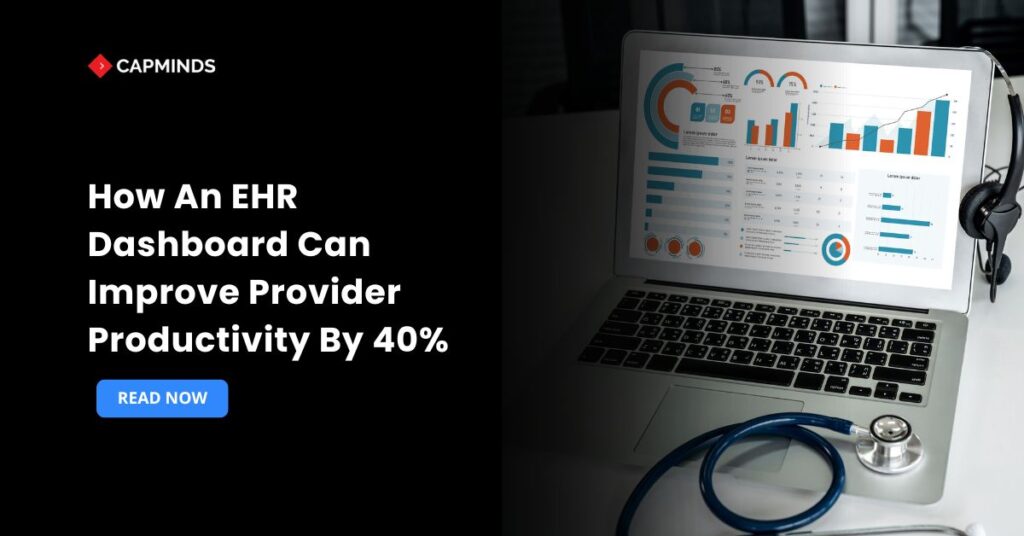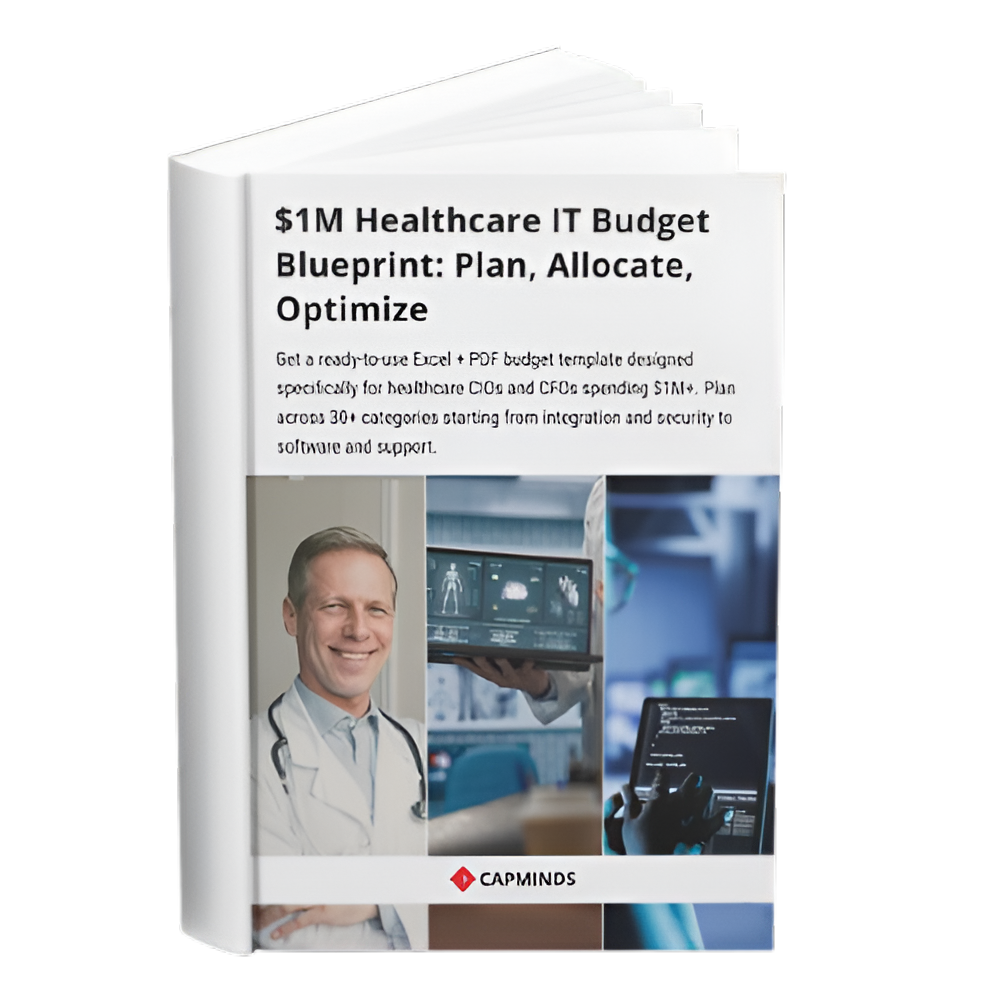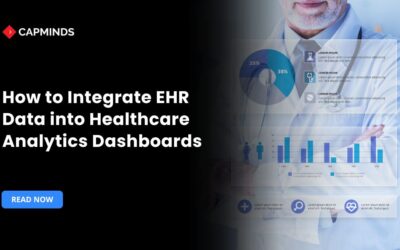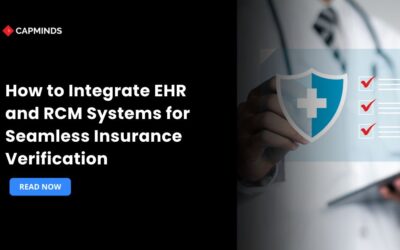How An EHR Dashboard Can Improve Provider Productivity By 40%
Each minute that a provider wastes on navigating outdated software or seeking out patient data is a minute the provider could have spent with a patient. Medical data is bound to come in large volumes that may become a barrier to effectiveness within a practice.
The good news? One of the revolutionary solutions is changing the efficiency of the workflow: the custom EHR dashboard. The use of properly structured and super-consolidated EHR dashboards has resulted in faster completion of administrative and clinical tasks by up to 40% by providers.
It’s a dramatic increase in provider productivity that can redefine a practice’s capacity for quality care. In this blog you’ll know you’ll know how an EHR dashboard can improve provider productivity.
What is an EHR Dashboard?
An EHR dashboard can simply be defined as a central, visual interface that spans, interprets, and displays vital performance measurements and patient information in the EHR system. Visualize it as the cockpit of your practice – a single screen that can deliver real-time information of clinical and operations status, specific to the role of a particular user.
An EHR dashboard is meant to be used in real-time and monitored at a glance, unlike more in-depth analytics tools or a static report. It breaks down complicated data that has been siloed in complex data into simple visual forms such as charts, graphs, and summary tables.
It is a subset of a bigger healthcare dashboard software package. It applies business intelligence to derive raw data such as patient demographics, lab results, billing codes, open tasks, and displays it in a user-configurable GUI, emphasizing the following key areas:
- Clinical – Notifications, outstanding orders, and quality measures adherence.
- Operational – Flow of patients, waiting time, compliance with appointments.
- Financial – Outstandings, copayments, and status of revenue cycle.
Common Challenges Without an EHR Dashboard
1. Time Spent on Data Retrieval
Providers also waste valuable time in clicking through several screens or multiple menus in the EHR to get the necessary information on a particular patient visit- a process commonly known as chart-digging.
2. Fragmented Knowledge
One section may include checking the vitals of the patient, another may include immunization status, and another may include referrals for the patient in the future. The disconnected vision compels providers to integrate the knowledge in their minds, which makes them more likely to get cognitively overwhelmed and commit a mistake.
4. Reactive vs. Proactive Care
Providers lack a clear and real-time perspective on outstanding tasks such as signed notes, unreviewed lab results, and patient messages, which makes them reactive and continuously running behind in their inboxes.
5. Weak Physician Productivity Measures
Providers and practice managers do not have clear measures for workflow or to measure and improve. They are made to guess on the location of the bottlenecks in the patient process or where the staff time is being redistributed.
Related: How Custom EHR Dashboards and Reporting Tools Help You Make Data-Driven Decisions
How EHR Dashboards Improve Provider Productivity
1. Task Automation and Management
A good EHR dashboard serves as a hub of central task automation. A prioritized list of open tasks, including pending prescriptions and urgent messages, can be shown on the dashboard of a provider instead of manually reviewing multiple lists.
Through this consolidation, administrative work can be processed at a very high rate, thus saving a lot of time, which would be used in documentation and managing inboxes. Other features, such as patient flow trackers, can also update in real time on the status of a patient, thus eliminating guesswork and enhancing throughput.
2. Rapid Analytics and Medical Data Visualization
Medical data visualization tools enable information with lots of complexity to be passed instantly. A dashboard displays important metrics, such as patient population health trends, high-risk patient list, or compliance gaps, with the help of simple graphs and color-coded notifications.
This enables the provider to understand the context required in the shortest time possible, accelerating the decision-making process and chart review when encountering a patient. Rather than reading tables of data, providers can have an immediate, actionable summary.
3. Clinical Decision Support
Quality EHR dashboard integrates clinical decision support within the workflow. A dashboard element that indicates that a patient has not been screened in preventative care, or that might have a drug interaction when opening their chart.
The dashboard improves better and faster decision-making by allowing this information on the spot when it is required, best practices are followed, and the overall quality of care is enhanced.
This direct assistance is essential to improving patient care analytics and increasing productivity without compromising the quality.
Key Features to Consider in EHR Dashboard
In order to implement the most significant increase in the productivity of the provider, a practice must search through healthcare dashboard software and identify high-impact features that are specific.
1. Distinctive User Experience (UX)
The interface should be easy-to-use, customizable, and aesthetically clean. The dashboard must allow providers to customize metrics to include the most urgent measures in their daily work and specialty.
2. Real-Time Data Refresh
To provide the actual real-time clinical details, the dashboard should refresh instantly upon the EHR database, and the data should not become stale.
3. Role-Based Views
Needs of various users, such as physicians, nurses, and administrators, vary. Dashboard has to provide role-specific views that only present relevant KPIs.
4. Interoperability and Data Integration
The most effective solutions can draw data automatically through all supporting systems, such as the EHR, billing system, and lab systems, to offer a rather coherent picture of the clinical and operational data.
5. Drill-Down Capabilities
Although a high-level summary is available, users should have an option to click on any measure poor quality score or a large number of unfinished tasks and directly drill down to the details or a particular patient record.
6. Automated Reporting and Tracking
The system must automatically produce reports to monitor important performance measures over time to be able to objectively analyze and make specific interventions to maintain the 40% productivity growth.
With the ability to adopt the strength of a modern EHR dashboard, medical institutions can forget about the administrative headache, save endless hours to connect with patients, and enter a new phase of efficiency and quality care.
CapMinds EHR Dashboard Services for Smarter and Connected Care
Boost your practice productivity and care outcomes with CapMinds EHR Dashboard Services – built to simplify, integrate, and accelerate every aspect of your clinical workflow.
Our end-to-end EHR services, integration, and consultation solutions help healthcare organizations transform scattered data into real-time insights that drive measurable efficiency.
With CapMinds, you can:
- Implement Custom EHR Dashboards tailored to your specialty and workflow needs.
- Integrate Data Seamlessly across EHR, billing, labs, and patient engagement systems for a unified view.
- Automate Administrative Tasks with intuitive, role-based dashboards and analytics.
- Access Real-Time Performance Insights to monitor productivity and improve clinical decision-making.
Empower your providers with intelligent tools that eliminate manual effort, reduce data silos, and improve outcomes all within a HIPAA-compliant, interoperable ecosystem.
Transform your EHR experience with CapMinds today.




